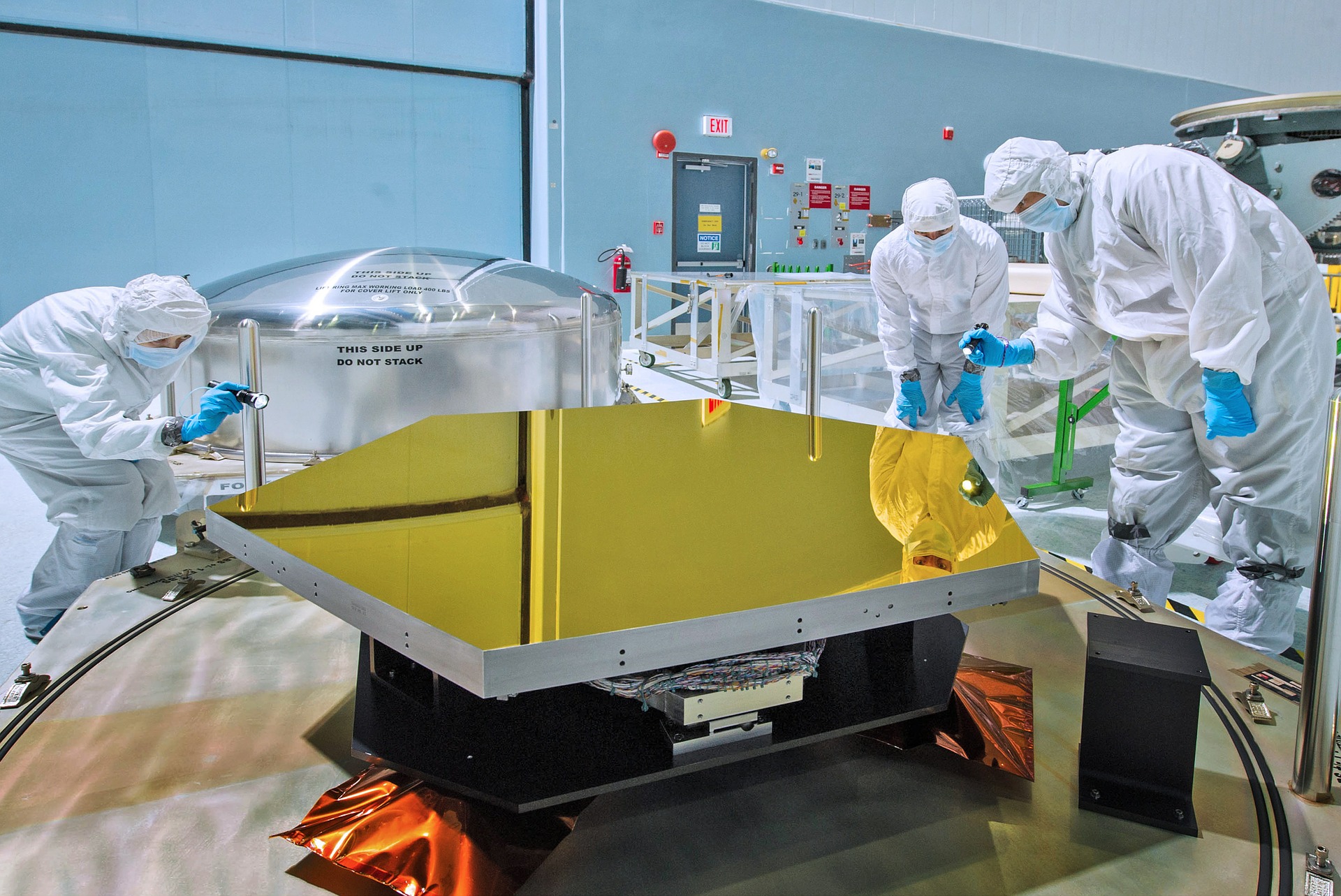A successful packaging job usually means doing everything possible to keep the product “comfortable” during transit. The packaging team is likely to focus on preventing damage from things like rough handling, accidental drops, and changes in temperature.
As a rule, packaging for sensitive equipment needs to protect against the three big dangers during shipment: shock, vibration, and moisture. But, sometimes, a fourth priority has to be added to the list: Keeping the product very, very clean.
If the final destination for your equipment will be a cleanroom, you will need to take extra measures to ensure it does not become contaminated en route. Here’s how to make sure your equipment is cleanroom-worthy when it arrives at your client site:
Step 1: Choose a clean location to pack.
Where you choose to prepare your equipment for shipment depends on the precise specs agreed upon by your customer. For example, if your equipment was manufactured in a cleanroom and will ultimately be deployed in one, you will want to make sure that the packaging process takes place in a cleanroom. If your product was not assembled in a cleanroom, but will be deployed in a cleanroom at your client’s site, it will need to be rigorously cleaned prior to packaging to avoid contaminating the delivery location.
Step 2: Clean the equipment.
Equipment that was built in a cleanroom should be in decent shape, but will still need a thorough once-over before the packaging begins. Machinery that was manufactured outside a cleanroom requires extra effort before it is ready to be deployed in a clean room. Either way, a variety of tools can help remove particulate from your product before shipment: a tacky roller will collect surface contaminants, an air knife will blow particulate out of tough-to-reach crevices, and alcohol wipes will make sure everything is squeaky clean.
Step 3: Choose cleanroom-approved packaging supplies.
Equipment that is destined for a cleanroom environment cannot simply be packed in bubble wrap and a cardboard box. While the product being shipped does still need to be protected from bumps, shakes, and dampness, the contamination hazard of each packing supply must be carefully considered. Here are a two all-stars in any cleanroom packaging line-up:
Corrugated cleanroom-ready plastic boxes: These are ideal for use in a cleanroom because they don’t create any particulate and can be cleaned before being brought into the cleanroom environment. (Regular cardboard boxes, on the other hand, are strictly forbidden because they generate particulate in the form of tiny paper fibers.)

Closed cell cleanroom foam: The best choice for cleanroom packaging jobs because it offers excellent cushioning, with a relatively low risk of contamination. (By contrast, open cell foam—which is a very popular, less expensive cushioning option—is totally inappropriate for a cleanroom setting. Just like the pores in your skin, the open-topped cells of the foam panels can collect environmental pollutants and then release them onto the equipment during shipment.)
Step 4: Follow cleanroom techniques.
Maintaining the cleanliness of a piece of machinery that was built in a cleanroom requires extra effort during the cleanroom packaging process.
Gown up. Humans generate an immense amount and variety of particulate. “Gowning up” according to cleanroom protocols will help protect the product from contamination as it is prepared for shipment. Depending on the level of cleanroom, a hair net, smock, gloves, and a pair of booties might do the trick. Or a full “bunny suit,” which covers every inch of skin and hair, might be required.
Pre-clean the supplies. It’s not just the equipment that needs to cleaned before packaging begins. The packing supplies themselves also need to be cleanroom-ready. Some items may come to you cleanroom-certified, so they will just need to be unpacked in a safe manner (such as removing the outer packaging in the transfer area.) Items that are not packed in a cleaned and certified state need to be cleaned prior to use.
Triple-bag it. Bagging the equipment being shipped will help protect it from moisture damage, as well as contamination. For the best results, first wrap it in two layers of heat-sealed polyethylene, then add an outer layer of foil vapor barrier bag. When the product arrives at your customer’s facility, the outermost layer can be removed at the loading dock, to leave the majority of potential pollutants far from the cleanroom. The second bag can be removed in a clean transfer area and the final layer can be peeled off inside the airlock just outside the cleanroom entrance, so the pre-cleaned product does not pick up any contaminants on its journey to the cleanroom.
Or, skip Steps 1-4 and hire cleanroom packaging experts.
Hiring industrial packagers with cleanroom expertise can greatly simplify your delivery process. They can arrive with all the appropriate supplies, tools, and manpower to do the job right on-site. Or, they can arrange to transport your product to their facility for packing. Either way, you can avoid having to devote resources to developing expertise and a supply chain in the niche field of cleanroom packaging.
Consult the Cleanroom Experts at CDC Packaging!
Shipping cleanroom-ready equipment is no small feat. CDC Packaging has deep experience delivering custom industrial cleanroom packaging solutions. Contact us today to learn how we can keep your shipment safe from shock, vibration, moisture, AND contaminants.

